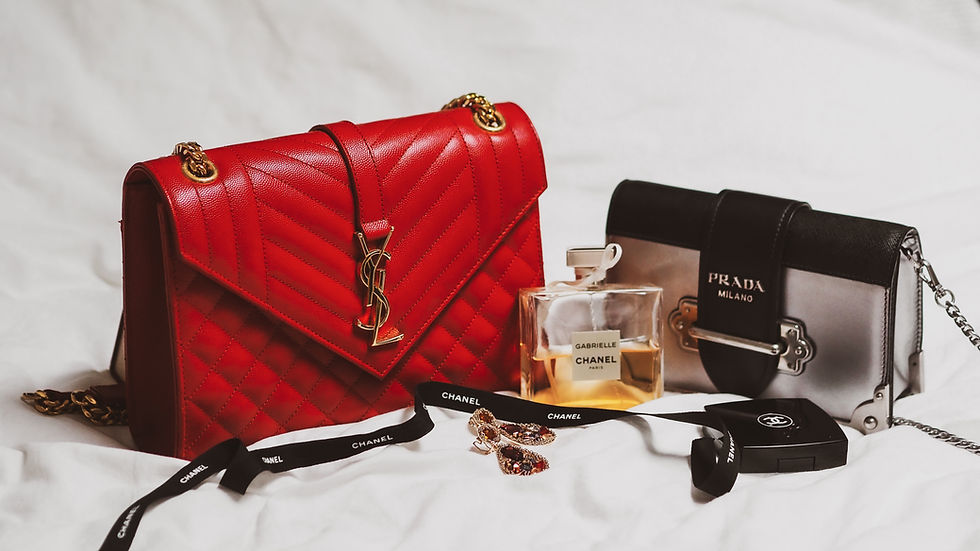Virtual Reality: The New Digital Luxury in Global Sales
- InChain
- Sep 17
- 2 min read
Virtual reality is revolutionizing the way luxury brands communicate, sell, and captivate customers worldwide. From Paris to Shanghai, from virtual showrooms to digital collections for avatars, there are more and more concrete examples and statistics proving the impact of these technologies in the luxury industry.
The Power of Immersive Experiences
Recent studies by McKinsey reveal that nearly half of the world’s luxury brands already use augmented reality or virtual reality to provide unique shopping experiences and increase digital sales. Instead of traditional physical stores, consumers can now explore exclusive collections, customize products, and even interact with fashion shows or virtual events, all from the comfort of home.

Examples of Successful Cases
Gucci: The “Gucci Garden” on Roblox attracted more than 19 million visitors in just two weeks, enabling direct purchase of virtual fashion. The VR sneakers launched on its app are a global hit among younger audiences.
Louis Vuitton: The brand maintains its prestige through interactive VR fashion shows, which generated 50% more engagement than conventional online broadcasts, reaching international audiences in an exclusive environment.
Cartier: By using high-definition holograms at its retail locations, Cartier allows customers to try on jewelry with unprecedented levels of digital detail.
Prada and Rimowa: Prada launched the "Pradaverse" with personalized virtual recommendations via AI, while Rimowa invested in showrooms compatible with Apple Vision Pro, replicating the VIP experience in virtual reality.
Balenciaga & Ralph Lauren: Connected millions of users on Fortnite and Zepeto with collections for avatars, showing how luxury has definitively entered the gaming universe.
Tiffany: In China, VR stores on Tmall attract new clients who can interact with and purchase jewelry in exclusive digital environments, in a market that reached $65 billion in 2025.
But what are the real results?
Gucci tripled brand engagement among Gen Z after investing in VR, totaling more than 19 million interactions in weeks.
Louis Vuitton increased its virtual event audience by 50% compared to standard events.
Swarovski saw sales and shares grow among young audiences after launching gamified virtual capsules.
In China, VR sales in the luxury sector grew from $13 billion to $65 billion between 2020 and 2025.

Let’s look at some of the advantages of this technology:
Extreme personalization: VR platforms use AI to tailor each experience to the consumer’s profile, recommending products and creating VIP experiences.
Global access: Virtual boutiques eliminate borders and operate 24/7, bringing brands closer to consumers regardless of their location.
Digital exclusivity: Limited digital products, gamified events, and immersive experiences reinforce luxury’s aspirational value.
Data and innovation: Every interaction is monitored, allowing brands to adjust campaigns and products in real-time to maximize results.
Challenges...
Costs are still somewhat high, and there’s dependence on advanced technology. But with forecasts that the metaverse could be worth $5 trillion by 2030, these barriers will disappear over time. Most luxury brands are betting on integrating VR with AI to create increasingly personalized experiences, maintaining their status as digital pioneers.
In a world where exclusivity is redefined by digital, luxury brands show that virtual reality is not just a trend, but a fundamental part of the sector’s future.





Comments